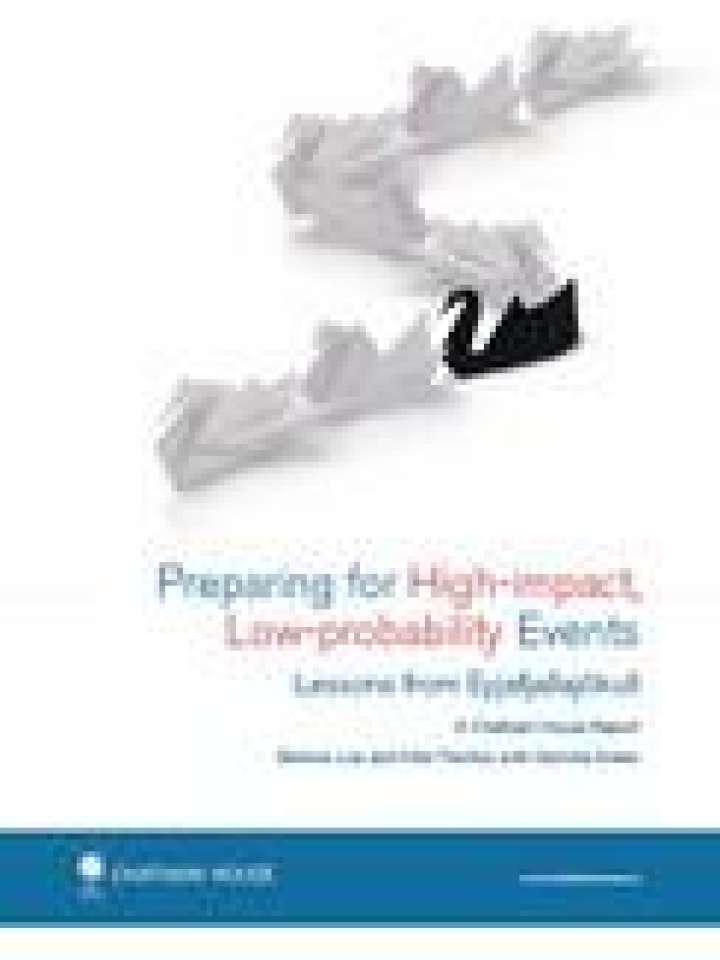Preparing for high-impact, low-probability events: lessons from Eyjafjallajökull
This report sets out the economic costs of high-impact, low-probability (HILP) events and how the impacts of a shock spread across sectors and countries in today's globalized world. It argues that governments and businesses remain insufficiently prepared to manage HILP crises and shoulder their economic, social and humanitarian consequences. Therefore, national risk management structures – based on classifying events by tiered levels of threat and implementing specific contingency measures – may therefore need to be reconsidered.
Is is also stated that HILP events in the last decade such as Hurricane Katrina, the Deepwater Horizon oil disaster and the nuclear crisis and tsunami in Japan, signals the emergence of a new 'normal' – the beginning of a crisis trend.
Explore further
